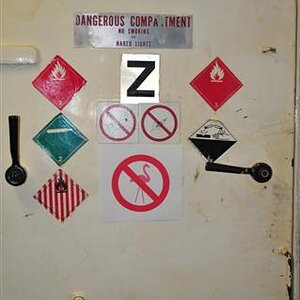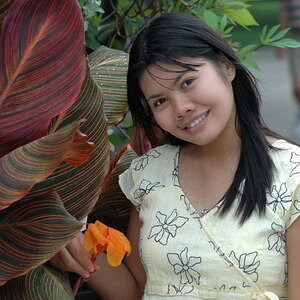TiCoyote
TPF Noob!
- Joined
- Apr 28, 2009
- Messages
- 626
- Reaction score
- 4
- Location
- New England
- Can others edit my Photos
- Photos OK to edit
How do I avoid blown skies and silhouettes?
#1

1/200
f/2.8
ISO 400
50mm
EOS 300D
It was a beautiful blue sky. Why is it blown?
#2
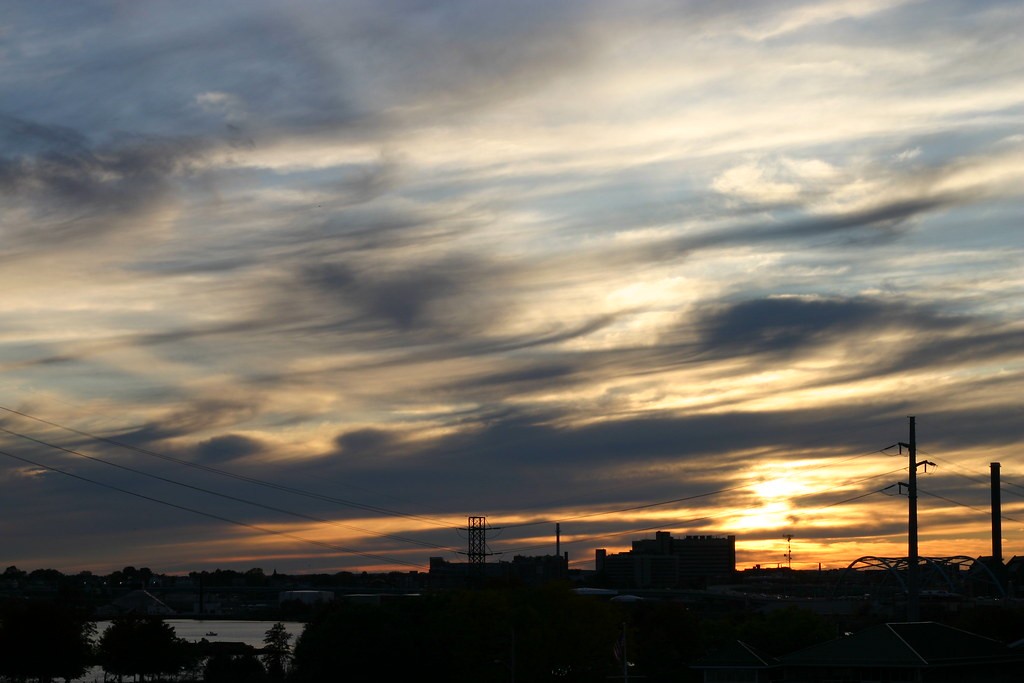
1/200
f/13
ISO 100
50mm
I could see the bridge and the buildings clear as a bell. Why can't the camera?
Do I need a lens hood? A filter? A different angle? Do I need to adjust the meter? All help is appreciated!
#1

1/200
f/2.8
ISO 400
50mm
EOS 300D
It was a beautiful blue sky. Why is it blown?
#2

1/200
f/13
ISO 100
50mm
I could see the bridge and the buildings clear as a bell. Why can't the camera?
Do I need a lens hood? A filter? A different angle? Do I need to adjust the meter? All help is appreciated!




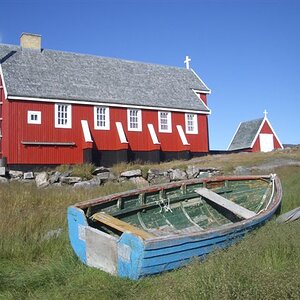
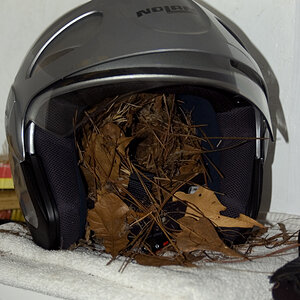
![[No title]](/data/xfmg/thumbnail/37/37126-93feffeca0e9e6ad893962c03a7a341e.jpg?1619737884)
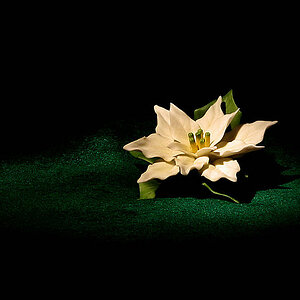
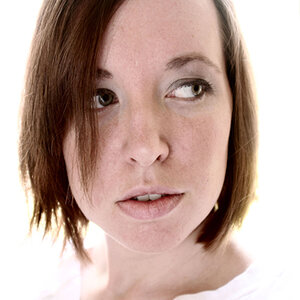
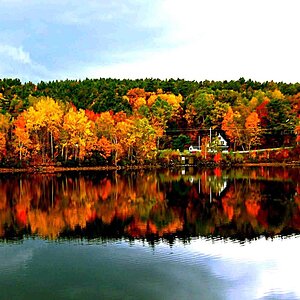
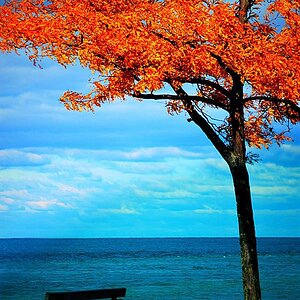
![[No title]](/data/xfmg/thumbnail/37/37125-c083e505c2e7d8f15f717a96de782959.jpg?1619737883)
